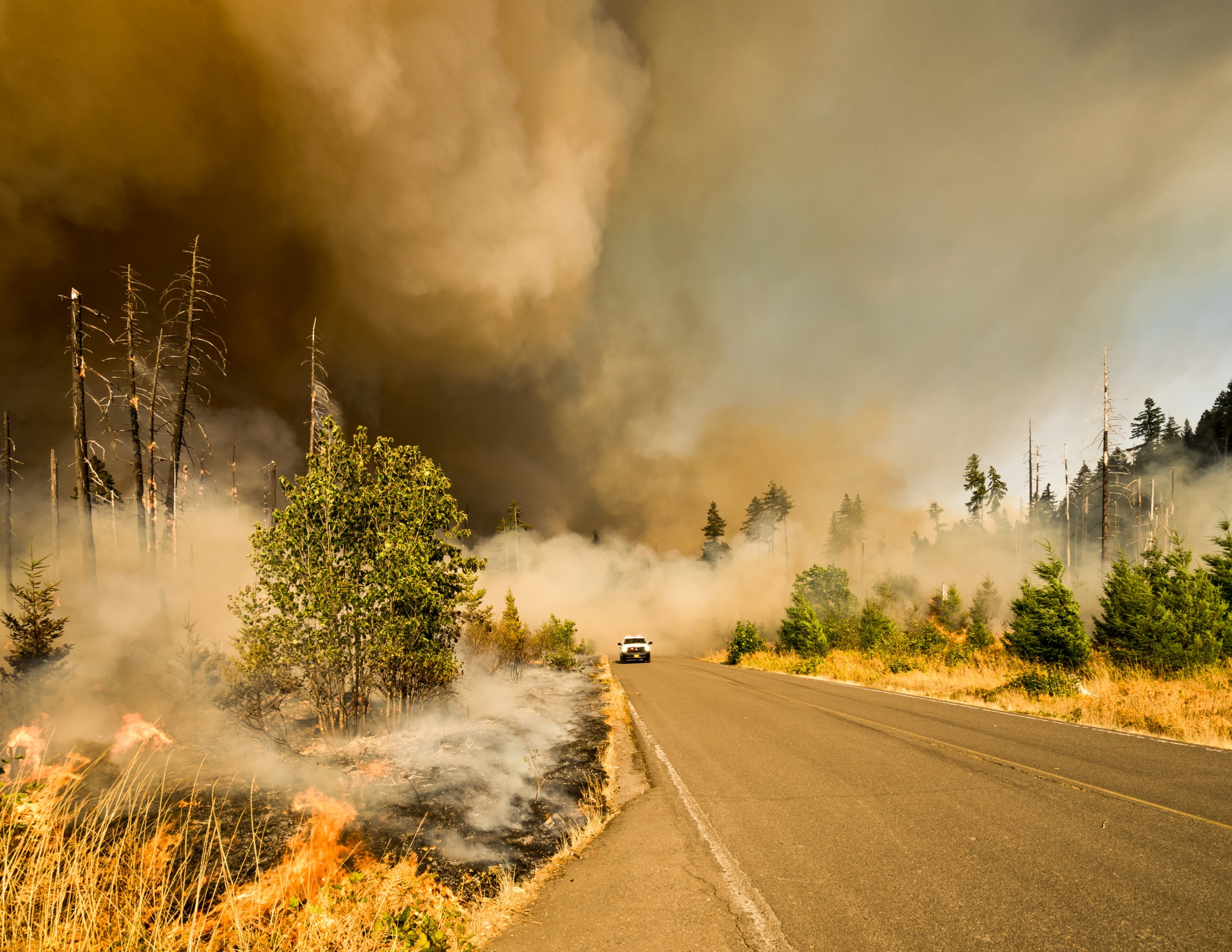
Hotter Fields, Lower Yields
America’s reliance on fossil fuels – coal, oil, and natural gas – is fueling global warming and causing a host of other environmental, economic, and security problems. And while the impacts vary from region to region, global warming threatens all sectors of our economy, and agriculture is no exception.
Downloads
Environment America
Executive Summary
America’s reliance on fossil fuels – coal, oil, and natural gas – is fueling global warming and causing a host of other environmental, economic, and security problems. And while the impacts vary from region to region, global warming threatens all sectors of our economy, and agriculture is no exception.
Not all the effects of global warming will be bad for agriculture; growing seasons will be longer, and increased carbon dioxide levels encourage plant growth. But global warming will make some of the challenges that agriculture faces significantly worse, including increasing temperatures, more damaging storms, ozone pollution, and spreading pests, weeds, and diseases.
This report examines the impact of global warming on corn, America’s largest crop, which is particularly vulnerable to productivity losses from the higher temperatures expected from global warming.
Climate changes since 1981 have already cost corn growers worldwide about $1.2 billion per year. A recent study by Lawrence Berkeley National Laboratory and the Carnegie Institution found that combined changes in temperature and precipitation since 1981 resulted in lower yields in corn and other crops, leading to wasted productivity and lost revenue. Unfortunately, these trends in climatic changes are only expected to worsen unless global warming pollution declines substantially in coming years.
Based on a recent U.S. government assessment, this report estimates that global warming will cost corn growers in the United States at least another $1.4 billion per year in the future, as temperatures increase. A recent report by the U.S. Climate Change Science Program, a collaboration of the U.S. Department of Agriculture and 12 other federal agencies, estimated that an additional increase in temperature of 2° F and in carbon dioxide of 60 parts per million would have opposing effects on corn yield. Overall, corn yields in the Midwest and South would decrease by an estimated 3 percent relative to a world without global warming. At today’s production levels and prices, the productivity loss would cost the 10 most vulnerable states an average of $116 million a year.
Destructive storms, pests, weeds, diseases, and ozone pollution will result in further damages to corn and agriculture from global warming. The losses above only represent the negative effects of higher temperatures and the positive effect of higher carbon dioxide levels, and they assume an adequate water supply for each crop. More and more rain is expected to fall during intense storms, saturating soils, increasing the risk of floods, and making it harder for plants and soils to absorb water before it washes into streams and rivers. Crop nuisances, such as insect pests, weeds, and diseases, will have greater range and reproductive speed with increased temperatures. And ozone pollution, from which rural parts of the Midwest and East suffer more than almost anywhere else on Earth, is toxic to plants and is expected to become more concentrated with the increased temperatures of global warming.
Agriculture can help reduce further damage from global warming and spur the transition to a clean energy economy. Clean energy resources, such as wind turbines, solar panels, and environmentally sustainable biomass, can provide farmers an independent source of power and income while reducing global warming pollution. By investing in these and other clean energy solutions, we can help stop global warming and boost the agricultural economy.
Improved farming practices can reduce global warming emissions and keep more carbon in soils, and a well-designed global warming program could reward farmers for such improvements. Farmers could receive incentives through a dedicated climate fund established by Congress. The revenue for the fund would come from the payments energy companies make to purchase pollution permits and would represent a relatively small percentage of the overall revenue collected by the government from such permits. Importantly, emission reductions resulting from such a dedicated fund would be in addition to the reductions required by power plants and other sources regulated under the program.
Decision-makers should unleash clean energy to help rebuild America’s economy and stop the worst effects of global warming. Specifically, decision-makers should:
- Establish science-based pollution targets to reduce total U.S. global warming emissions by at least 35 percent below today’s levels by 2020 and 80 percent by 2050, and require the targets to be periodically updated as science evolves;
- Auction all of the pollution allowances and devote all of the proceeds to helping the nation use energymore efficiently, shifting to renewable energy, providing incentives to America’s farmers, and addressing impacts on consumers – particularly those with low- and moderate-incomes, workers, vulnerable communities, and natural resources;
- Strictly limit and ensure strong rules for carbon offsets so that our efforts to reduce pollution are effective;
- Require utilities to obtain at least 25 percent of their electricity from renewable sources by 2025 and to reduce their energy use by 15 percent by 2020; and
- Cut energy use in new buildings in half by 2020 on the path toward zero energy by 2030.
Topics
Find Out More


Five key takeaways from the 5th National Climate Assessment

Carbon dioxide removal: The right thing at the wrong time?



